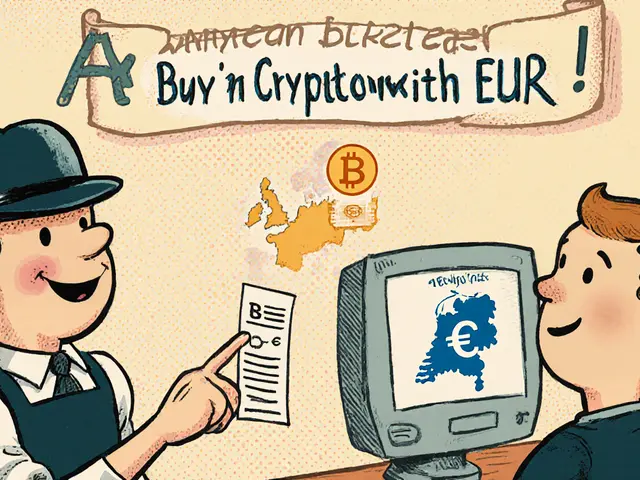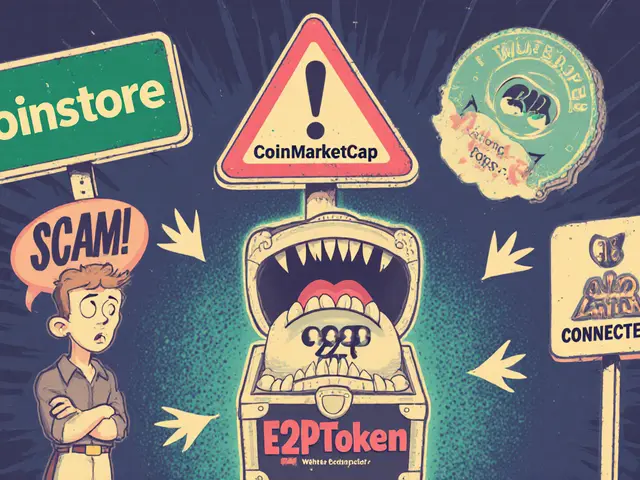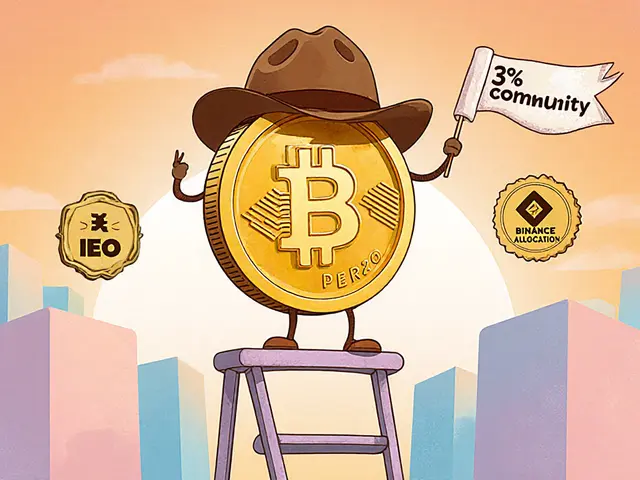Security Token Offering (STO): What You Need to Know
When working with Security Token Offering, a fundraising method that issues tokenized securities on a blockchain. Also known as STO, it blends traditional finance rules with crypto technology, letting investors own regulated assets in a digital form.
Another key piece of the puzzle is Tokenization, the process of converting real‑world assets like equity, real estate, or commodities into blockchain‑based tokens. Tokenization enables fractional ownership, faster settlement, and transparent provenance. In practice, a Security Token Offering encompasses tokenization of securities, turning a share or bond into a tradable digital token.
Because these tokens represent actual securities, Regulatory compliance, adherence to securities laws, KYC/AML checks, and filing requirements in relevant jurisdictions becomes non‑negotiable. An STO requires regulatory compliance to protect investors and avoid legal fallout. This means working with legal counsel, filing prospectuses, and possibly registering with regulators like the SEC or ESMA.
All of this runs on Blockchain technology, a distributed ledger that records token ownership, transfers, and smart‑contract logic. The blockchain provides immutability, auditability, and programmable features that traditional securities lack. In simple terms, blockchain technology enables security tokens to be transferred instantly and securely across borders.
Why Security Token Offerings Matter Today
Investors are drawn to STOs because they combine the safety net of regulated securities with the efficiency of digital assets. Tokenization enables fractional ownership, so a high‑value property or rare artwork can be split into affordable units. Regulatory compliance ensures that these fractional units are backed by legal guarantees, reducing fraud risk. Meanwhile, blockchain’s transparency lets participants verify ownership chains without relying on a central authority.
From a issuer’s perspective, an STO can lower fundraising costs compared to a traditional IPO. Smart contracts automate dividend payouts, voting rights, and secondary market trading, trimming administrative overhead. However, success hinges on meeting compliance checkpoints and choosing a blockchain that supports security‑grade features, such as permissioned networks or robust public chains with proven security records.
Our collection of guides below covers every stage of an STO journey. You’ll find reviews of platforms that support security token issuance, step‑by‑step compliance checklists, deep dives into token economics, and real‑world case studies of successful offerings. Whether you’re a founder exploring tokenization or an investor sizing up the risk‑reward profile, the articles ahead give you practical insights you can act on right away.
Ready to explore the full landscape? Below you’ll discover detailed tutorials, compliance frameworks, and market analysis that bring the theory of Security Token Offerings to life.
Learn what Security Token Offerings (STOs) are, how they differ from ICOs and IPOs, the regulatory steps to launch one, and key risks and future trends in tokenized finance.
Continue reading





